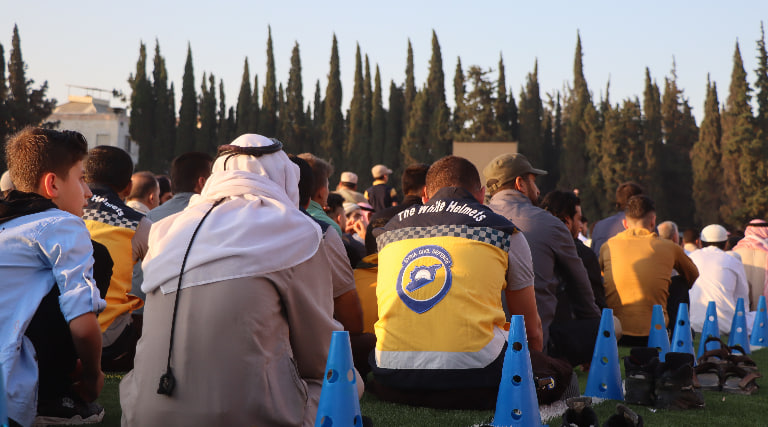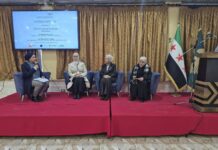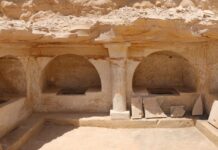
The inhabitants of the liberated north commemorate Eid al-Adha, one of the most sacred occasions for Muslims worldwide. However, this year’s celebration is bittersweet for the war-torn Syrians in Idlib and northern Syria, as it follows a series of attacks from Russian and Assad regime militias. These assaults have targeted mosques, markets, refugee camps, and civilian homes, resulting in a death toll of at least 27 individuals and nearly 100 injuries, including children.
Eid al-Adha, also known as Eid al-Kabir or the Big Eid, involves attending congregational prayer after sunrise, accompanied by a sermon. Subsequently, over the next three days, those who are able sacrifice an animal, typically a sheep, and distribute the meat among the less fortunate. During this time, most people in the liberated north spend their days visiting extended family and loved ones, exchanging sweets, presenting gifts to children, and enjoying fairs and amusement parks with their families.
For those residing in northern Syria, many of whom have been displaced and endure relentless airstrikes and shelling by the Russian and Assad regime forces, the auspicious day provides solace and strength. It serves as a source of comfort through remembrance of their faith and by being in the company of friends and family, as well as by aiding those who are less fortunate.
Amidst the chaos and destruction, Eid al-Adha offers a glimmer of hope, serving as a reminder of the residents’ resilience and providing a temporary respite from the surrounding horrors. It is a day that symbolizes unity, the spirit of sacrifice, and renewed hope in the face of adversity.








